Notable Tauntonians: This famous expert in rare birds left his collection to Bristol Aggie
- Oops!Something went wrong.Please try again later.
Newspapers, for all the information they are able to uncover and collect, sometimes miss things.
In a recent installment of Taunton Then and Now, a photographic exploration of the city’s past and present, the Gazette featured the house at 140 High St., noting that it looks rather different today than it did in the late 19th century, because the current house was built in 1900. Today, it is the site of Hoye Dental.
Reader Carolyn Basler wrote in to explain that the house at 140 High St. was the home of Arthur Cleveland Bent, a renowned ornithologist whose “Life Histories of North American Birds” remains a definitive scientific text, and whose collection of rare and extinct species is in the hands of Bristol Aggie.
Editor’s Note: This is the latest story in an occasional series, Notable Tauntonians.
Who was Arthur Cleveland Bent?
Given his contributions to science, the name of Arthur Cleveland Bent should be as recognized as that of John James Audubon, but Bent's life outside of ornithology was also a busy, well-rounded one.
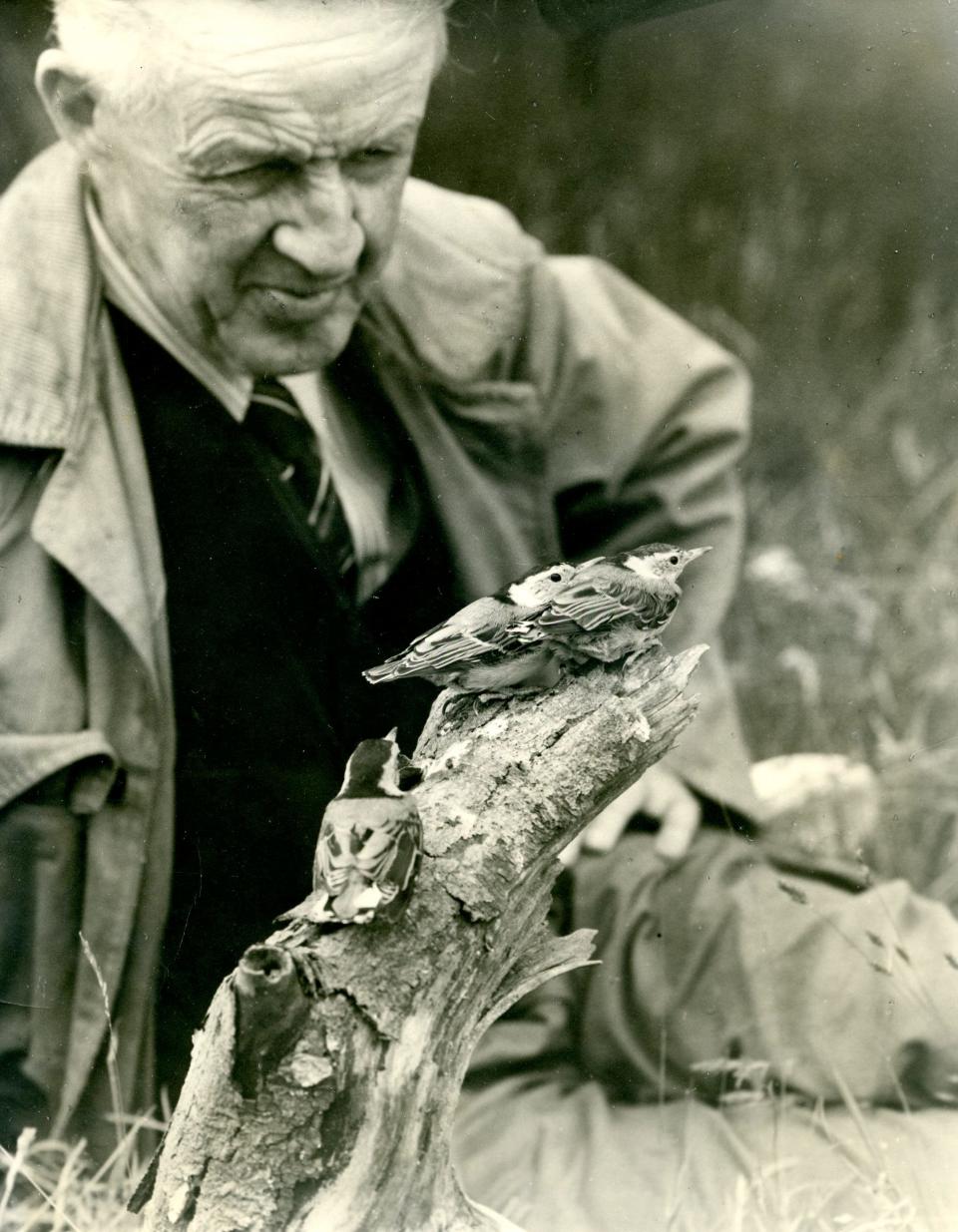
Even if he had not left behind such an impressive body of work for his beloved science, he would have been one of Taunton’s most notable residents.
Bent was born in Taunton on Nov. 25, 1866, to William Henry Bent and Harriet Fellowes (Hendee) Bent. His father was the treasurer for Mason Machine Works. He attended local public schools and went to Bristol Academy, today home to the Old Colony History Museum.
Keeping up our fire stations: Taunton has some of the oldest fire stations in the country. Fixing them comes at a cost.
After graduating from Harvard in 1889, he began a long career in the electrical and manufacturing industries. He worked for Crescent Mills in Fall River, Seamless Pocket Mill in Plymouth, the Atlantic Covering Co., and the Plymouth Electric Light Co., which he remained a part of from 1892 until his retirement.
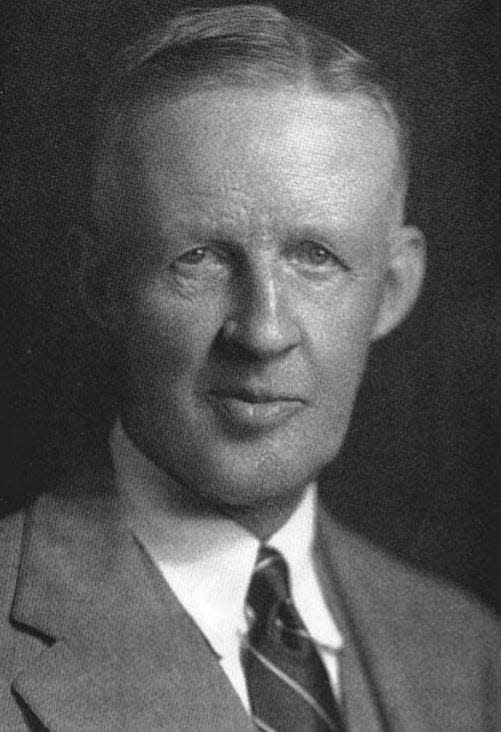
Bent was also deeply involved in the Taunton community, serving as a city alderman and on the first Municipal Council, president of the Chamber of Commerce and Bristol County Academy of Sciences, and joining a host of other organizations from the Boy Scouts to the Yacht Club.
Bent was also part of the American Ornithologists’ Union, in addition to membership with numerous ornithological societies.
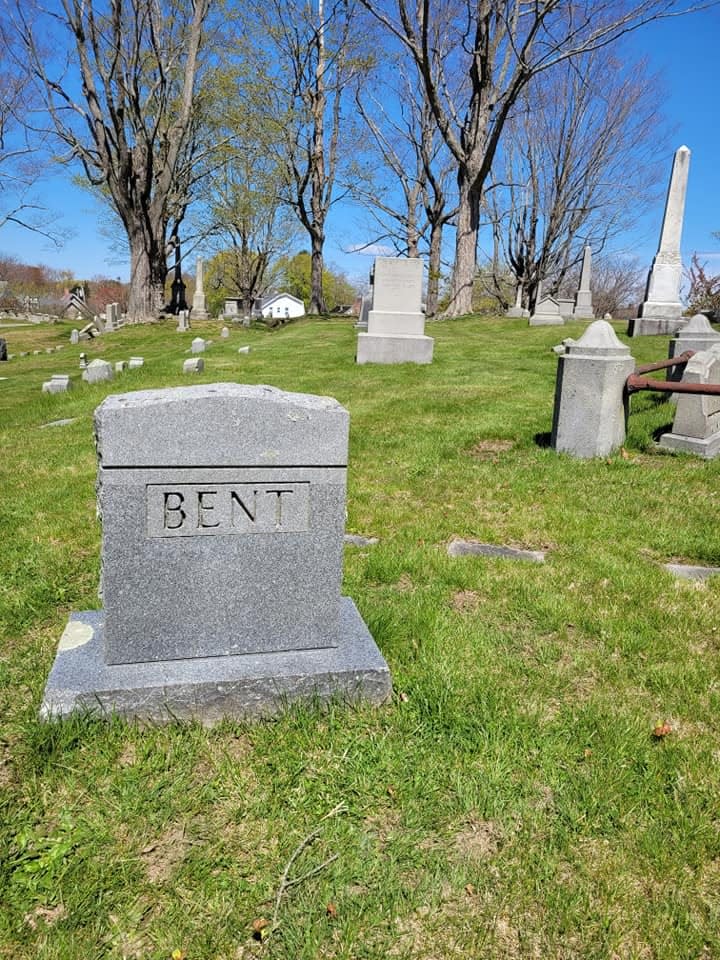
Bent died at his home on High Street on Dec. 30, 1954, at age 88. He was survived by his second wife, Madeleine, and their three daughters, Harriet, Margaret and Helen, as well as six grandchildren and three great-grandchildren.
He’s buried in Taunton’s historic Mount Pleasant Cemetery, along with Madeleine and their son, Frederick, who died in infancy.
Arthur Cleveland Bent’s ‘Life Histories of North American Birds’
From childhood, Bent was interested in nature, especially birds. But it wasn’t until his later years, after a life "deeply engaged in various business enterprises," that he dedicated all his time to ornithology.
In a Nov. 25, 1950, article for his 84th birthday, written by Alice E. Berthold, Bent says, “My interest in bird life began as a boy. I was not too strong and my father encouraged nature activities. I have never lost that first enthusiasm.”
According to his in memoriam by Wendell Taber in the May 30, 1955, edition of The Auk, an ornithology publication, he began collecting egg specimens as a boy. When he grew older, he began traveling all over North America, making observations and collecting bird specimens that he'd later have stuffed and mounted.
Real estate report: Taunton home with river sunset views flipped, resold for almost double
Bent kept up these long-distance, observational trips until his 60s.
Bent visited North Dakota, the Florida Keys, Nova Scotia, Saskatchewan, Newfoundland, Manitoba, California, and even Alaska and the Aleutian Islands. Sometimes he was alone, but often with friends and family in tow.
In 1910, he began what he called "my life's work," “Life Histories of North American Birds,” a study of 1,200 different species begun by another ornithologist.
On Dec. 11, 1910, the Boston Post wrote, “Since the time of the great Audubon, two expert ornithologists have attempted but never satisfactorily completed the task he now undertakes.”
His first volume was published in 1919. He published many more books in the series, writing 21 volumes, and thousands of pages, dedicated to the science of birds. Two of those volumes were published after his death in 1954.
For Bent, his work was a 44-year labor of love. He worked at home in his library, surrounded by his extensive book collection, and corresponded with more than 500 fans, from curious children to lifelong learners in their 80s and older.
His “Life Histories” are exquisitely detailed scientific records of these North American birds; these volumes have become a bedrock text in the field of ornithology.
His series “provided behavioral information not available in the standard field guides,” writes BirdsByBent.com. The Washington Post once wrote that these books "are by no means books solely for scientists," writing with an infectious love for his subject.
Bent was generous with his time, and in the end he was just as generous with his collection. The museum of Comparative Zoology at Harvard has more than 1,000 of his bird specimens, and his 30,000 egg collection is at the National Museum in Washington, D.C.
Locally, the Gertrude M. Boyden Wildlife Refuge has a replica cabin dedicated to his memory.
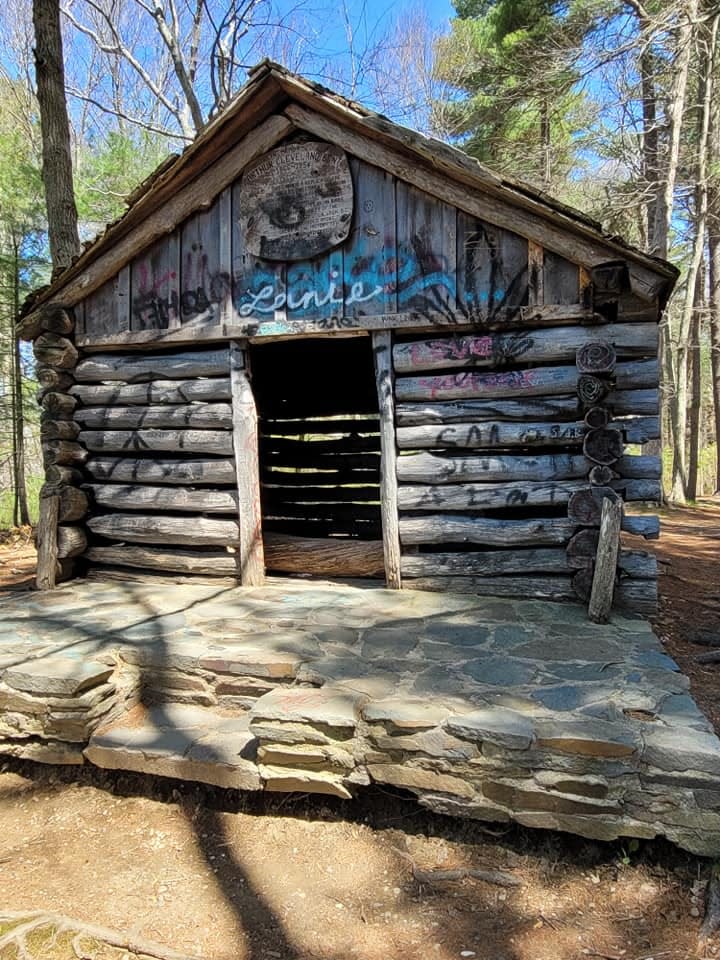
Bristol Aggie carries on Bent’s legacy
Today, Bent’s legacy also lives on, continuing to educate students and the public, thanks to the Museum of Natural History at Bristol County Agricultural High School, established in 1992.
A notice at the beginning of the exhibits lays out a history of the museum, which began in a 19th-century barn, as well as the Bent Collection that the school has housed since the 1920s.
Brian Bastarache of the Natural Resources Management Department said the museum came together as a way to also properly display and store the collection of birds that Bent donated to the school.
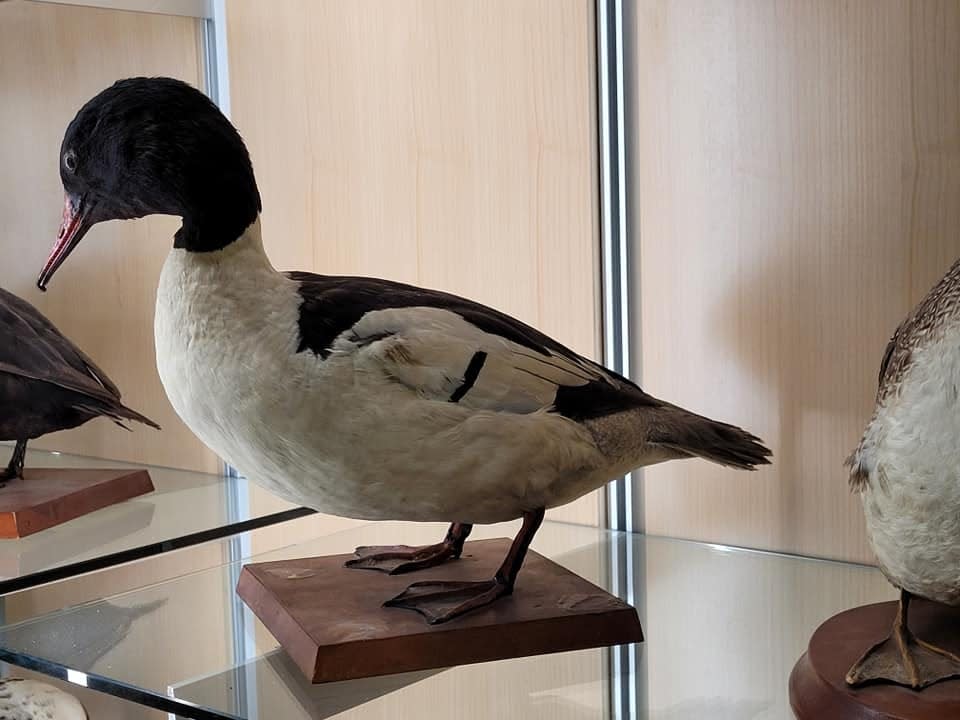
Women of Taunton: Emily Elizabeth Parsons, founder of Mount Auburn Hospital
Not all of the Bent Collection is on display just yet. Bastarache noted that the new museum is a work in progress, so some birds are still in storage.
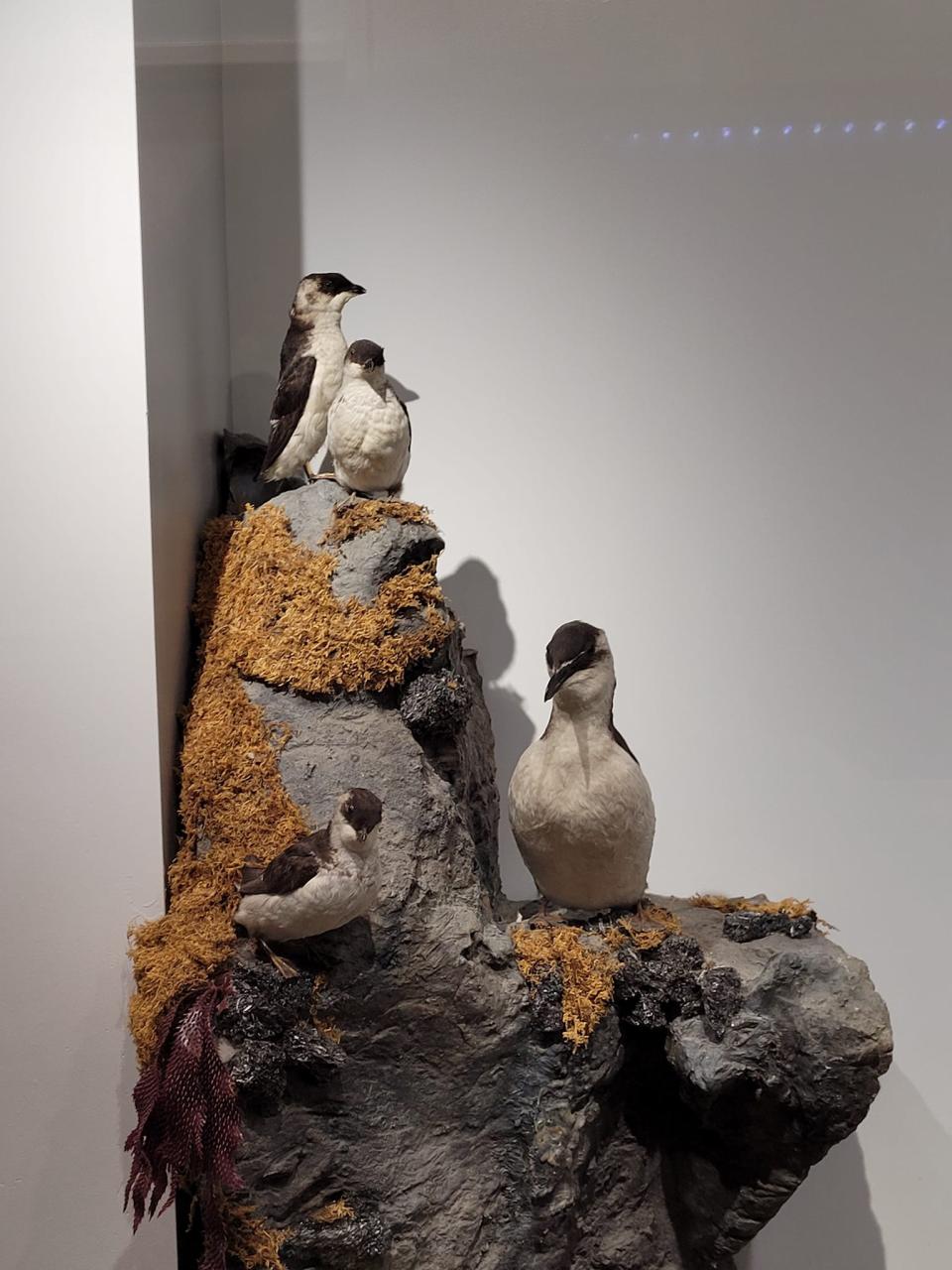
Two birds are especially important: a heath hen and a passenger pigeon, which went extinct in 1932 and 1914, respectively.
Bristol Aggie’s museum is carrying on Bent’s legacy by displaying his work, but also by living the spirit of that work.
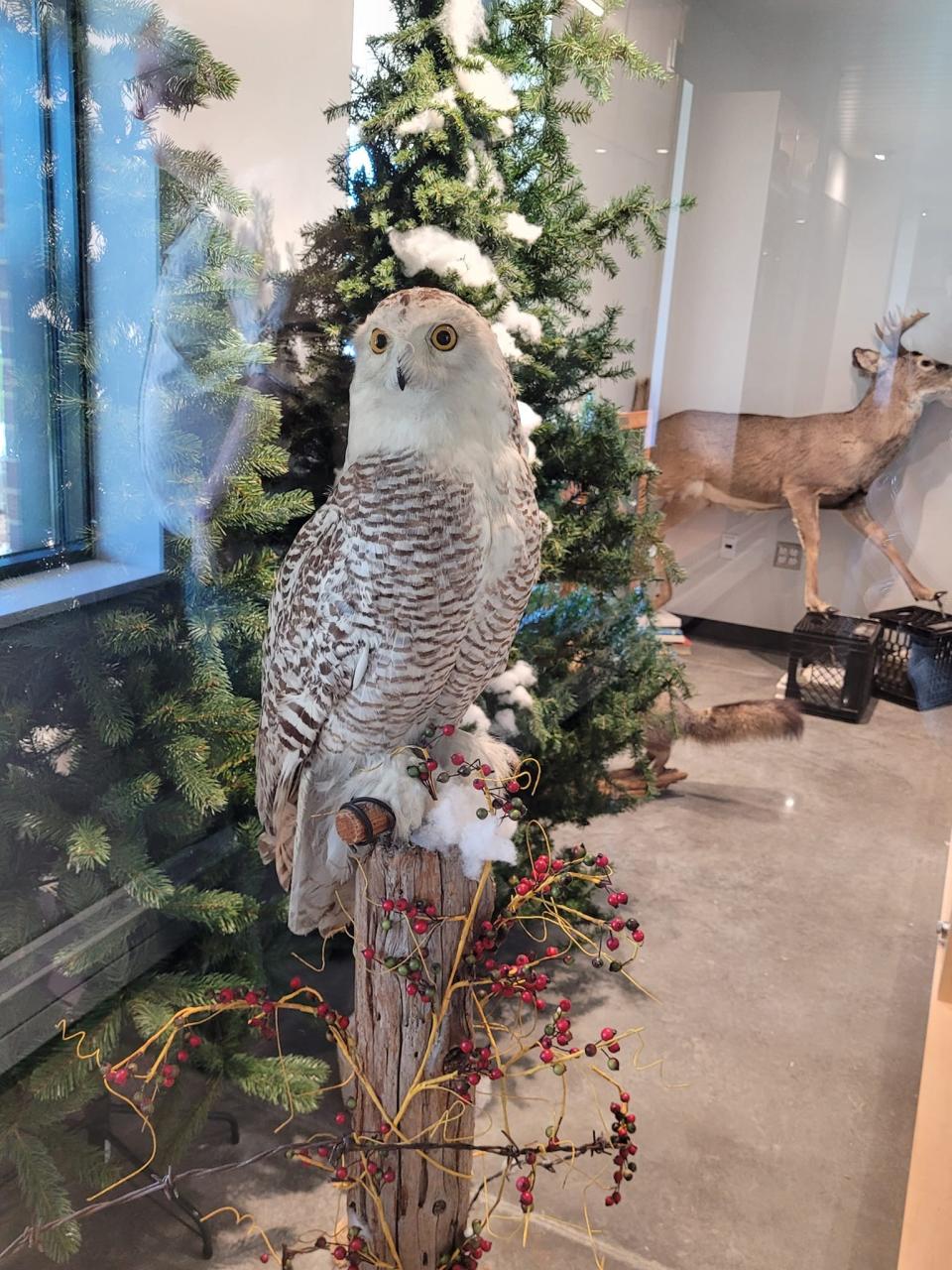
Taunton Daily Gazette/Herald News copy editor and digital producer Kristina Fontes can be reached at kfontes@heraldnews.com. Support local journalism by purchasing a digital or print subscription to The Herald News and Taunton Daily Gazette today.
This article originally appeared on The Taunton Daily Gazette: Arthur Cleveland Bent of Taunton was a world renowned ornithologist

